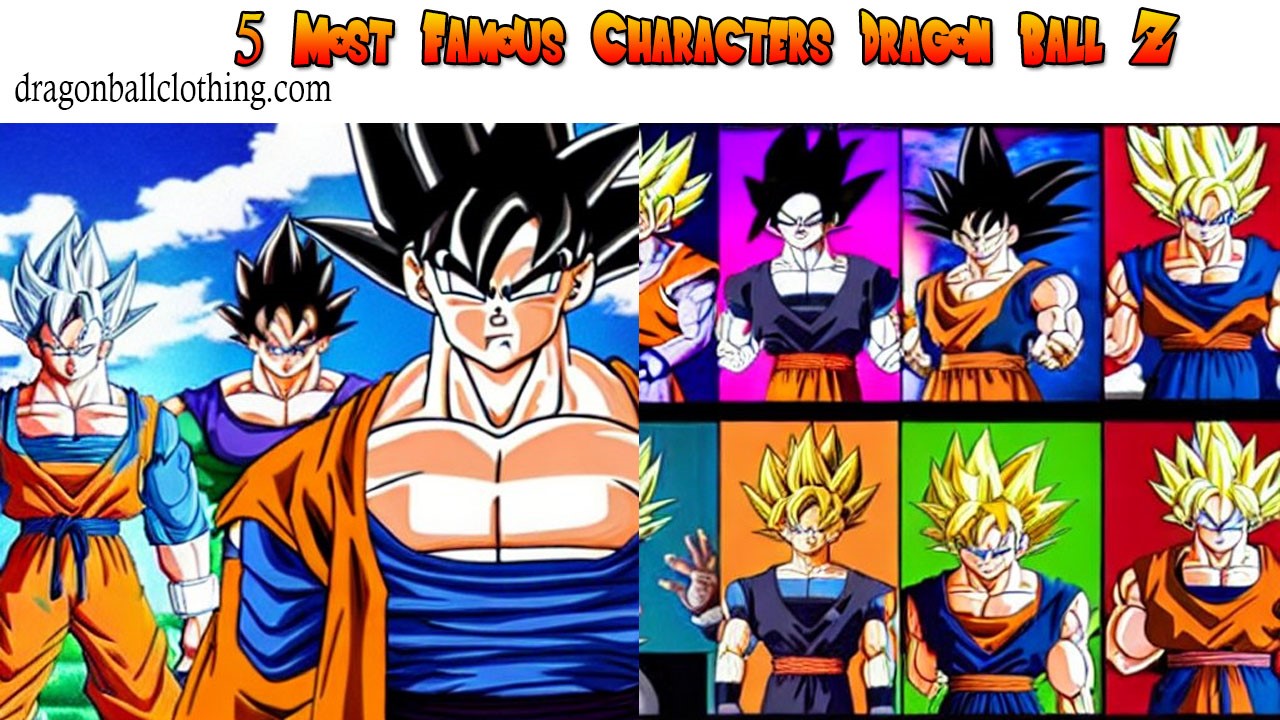#FEATURE: Stars Align Proves Winning Isn't the Most Important Thing in Sports
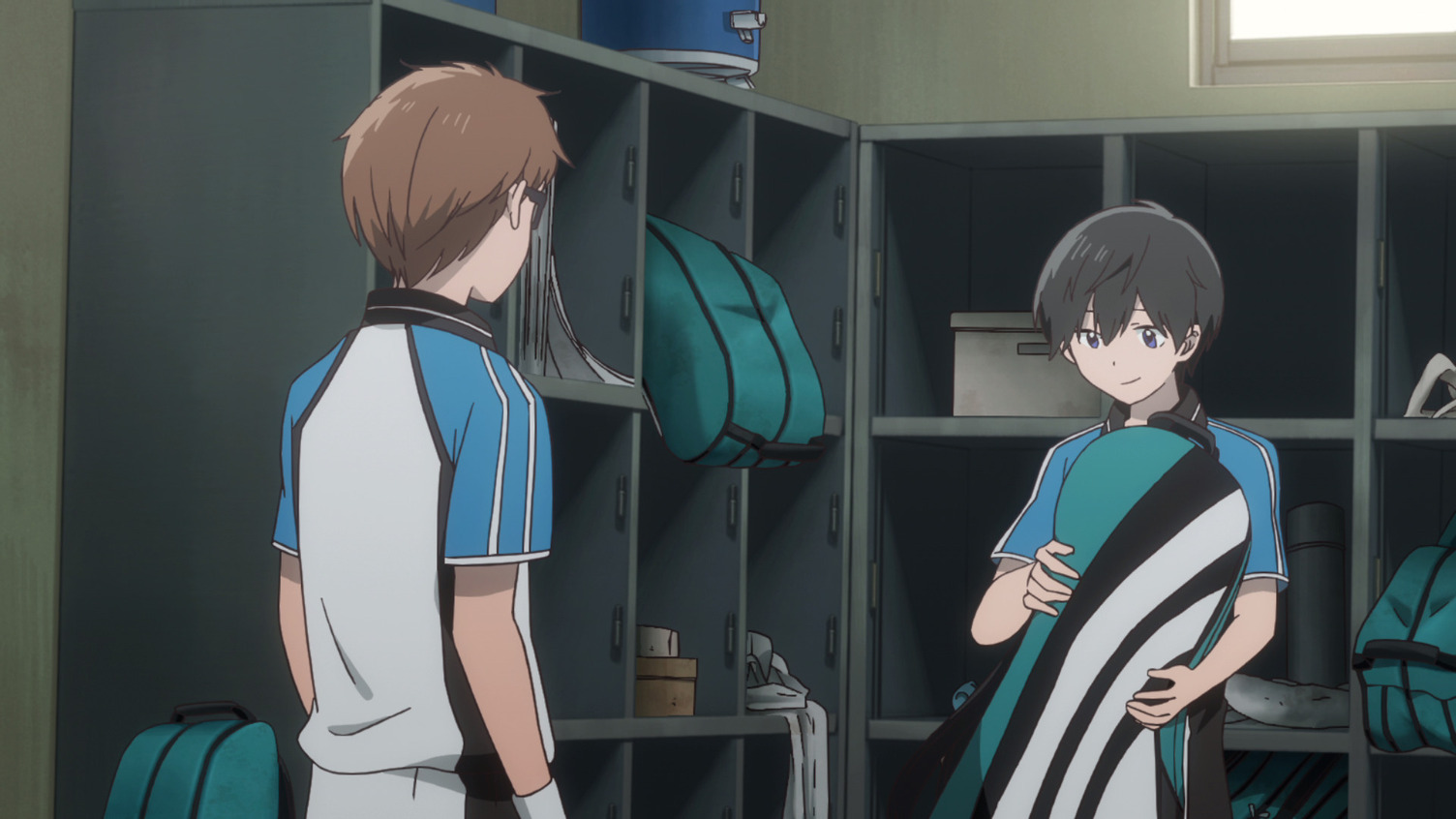
Table of Contents
“FEATURE: Stars Align Proves Winning Isn't the Most Important Thing in Sports”

Sports stories have had a place in anime since the very start. Baseball megahit Star of the Giants established the formula in 1966. Director Osamu Dezaki turned up the heat with his adaptations of Tomorrow’s Joe and Aim for the Ace! in the 1970s. Touch, adapted in 1985 from Mitsuru Adachi’s popular comics, added romance and low-key comedy to the mix. Shonen Jump brought us popular adaptations of Slam Dunk and Haikyu!! alongside Naruto and My Hero Academia. Now we have BLUE LOCK coming down the pike, another big sports manga that looks to make an even bigger splash as an anime.
Each of these series has experimented with the form. Some slow down time, others speed it up. Some invest heavily in animation and realistic movement. Others rely on still images and impactful sound effects — whether for creative reasons, budgetary reasons, or both. Some sports anime are really about gambling. Others exchange realism for special moves so powerful they evoke the extinction of the dinosaurs. But nearly all of them are fantasies, no different than samurai dramas or superhero stories. They are an opportunity to live vicariously through someone with the time and talent to chase after their goals.
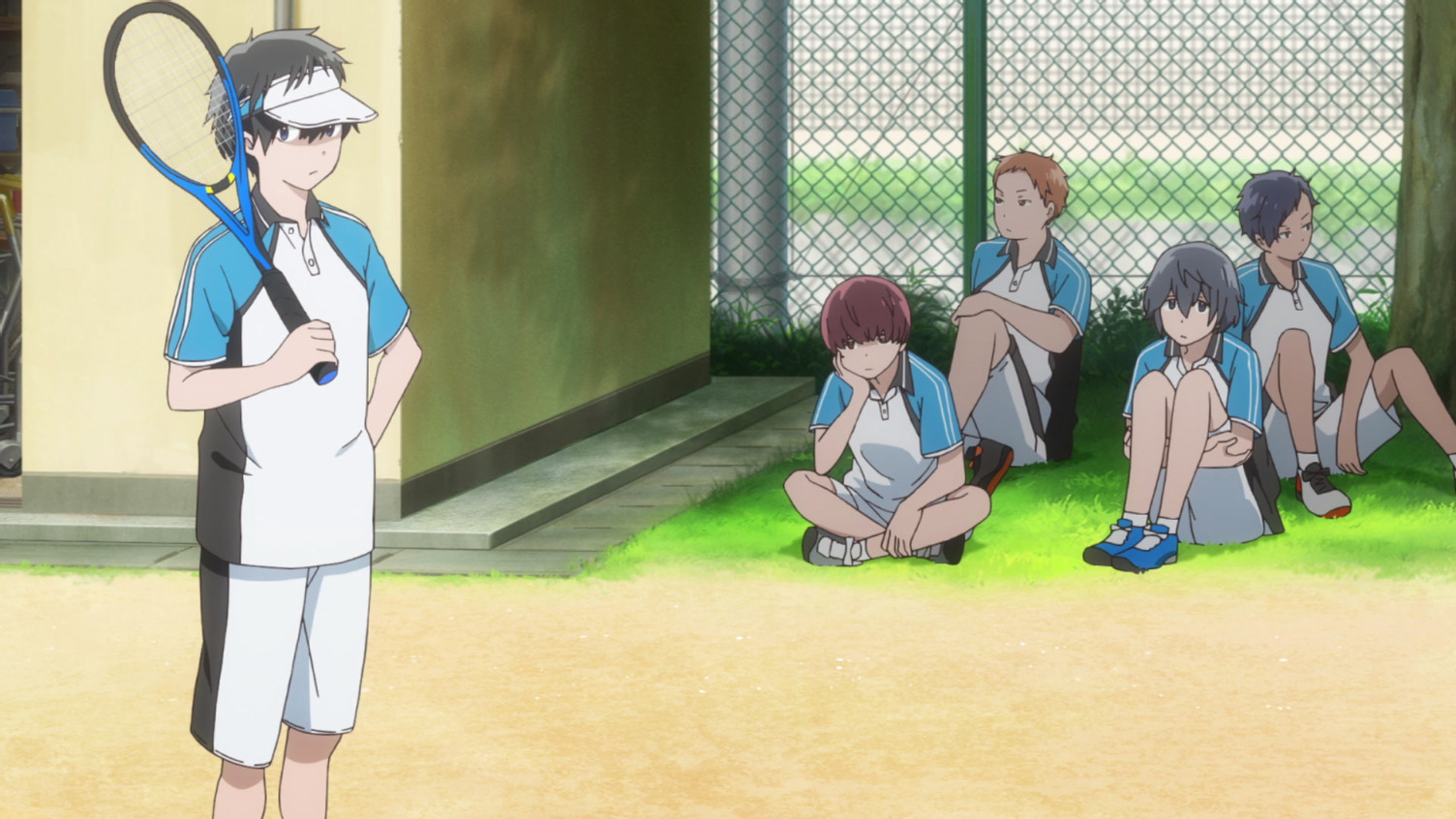
Sports can win or lose fortunes and change people’s lives and careers. There are people out there who are truly living the lives of sports anime heroes. But for many of us, that will never happen. Perhaps you played on a team in school or recreationally after graduation. Perhaps you were even very good. I’ve been lucky enough to play on successful sports teams and unlucky enough to play on unsuccessful sports teams. Yet sports did not exert a gravitational force on my life. It was merely something I did. The idea of “winning” or “losing” meaning anything in the long run was, in its own way, as fantastical as Naruto.
There are anime that approach sports from a broader perspective. Ping Pong the Animation asks larger questions about whether being a professional athlete can really make you happy. Run With the Wind gives us a varied cast of runners with differing strengths, weaknesses and overall goals. These two series come much closer to the reality of what sports entails for many people, if only because they cast a broader net. But they are still concerned with winners and losers. What about everyone else?
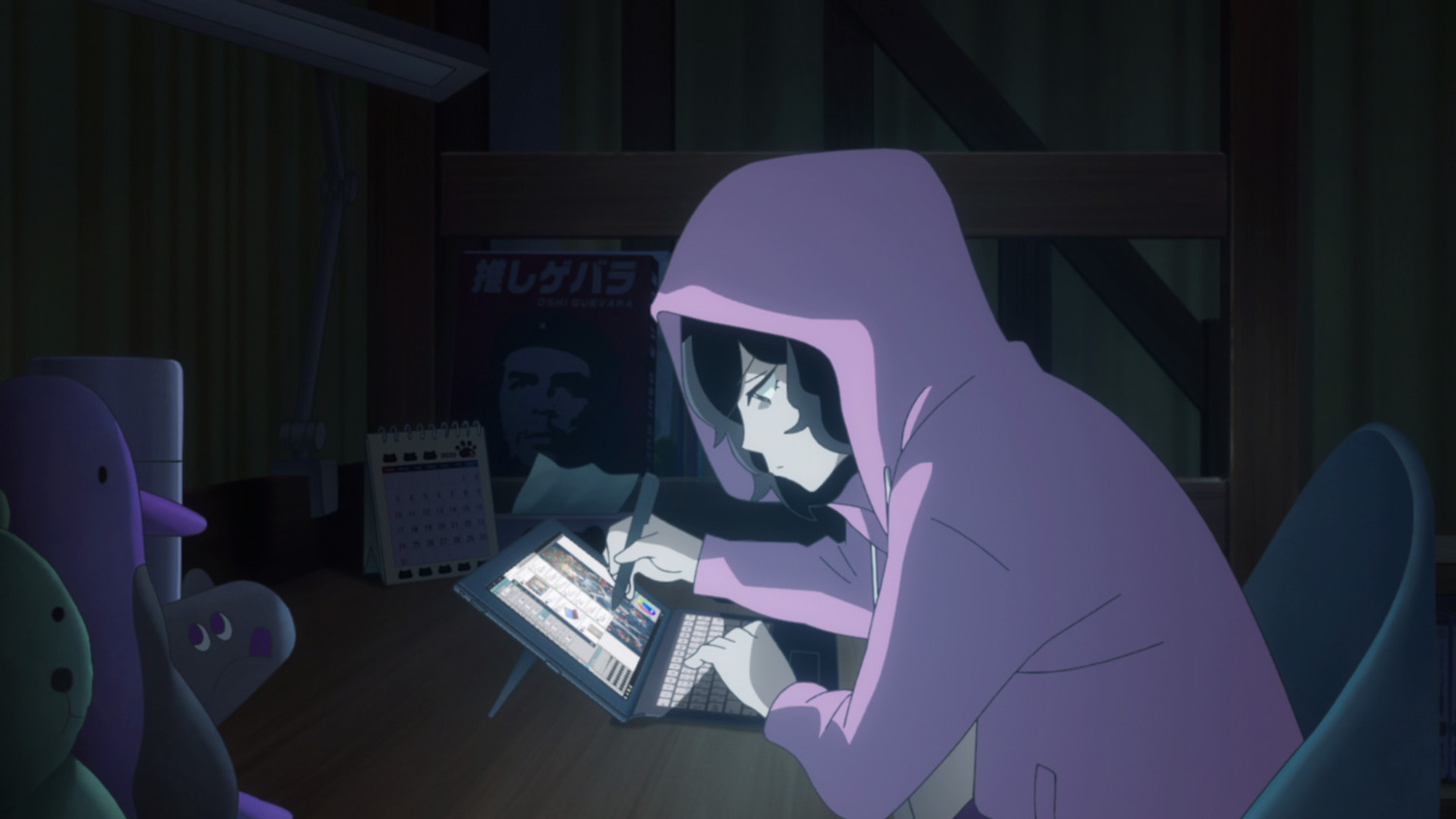
Kanako Mitsue, a character in the anime series Stars Align, doesn’t play sports. She’s a jaded student who becomes entangled with the boy’s soft tennis club after observing them from afar. But Mitsue is important because she is given the responsibility of laying out, in plain language, the thesis statement of Stars Align. In the eighth episode, she takes a leap of faith and shows a teacher her drawings. “Wanting to draw,” she says. “Is it that silly and stupid of a thought to have? Is it just because I’m stupid that I like drawing? But the thing is, I want to get even better at it.” As a middle schooler, Mitsue lacks drawing fundamentals. She’s proud of her art, but is equally terrified of being judged. But she puts herself out there anyway, because drawing is everything to her.
Stars Align is a show about art; it is a show about soft tennis. Soft tennis is a variant of tennis developed in Japan, using softer balls than regular tennis. It’s a reasonably popular school sport, but despite its presence in the Asian Games, it has no place in the Olympics. The school at which Stars Align takes place has a fairly good girl’s soft tennis team and a boy’s soft tennis team that is so mediocre it may as well not exist. Of course, the story of Stars Align is about the boy’s soft tennis team. They begin the series as bad soft tennis players. They know that when they graduate from middle school they will probably no longer be playing soft tennis. Their parents are not happy about them playing soft tennis. The student council believes that the boy’s soft tennis team will never amount to anything and intends to strip them of their budget. Yet through the show’s 12 episodes, the main characters continue to play soft tennis. As they persevere through times good and bad, something completely unexpected happens: the kids begin to have fun.
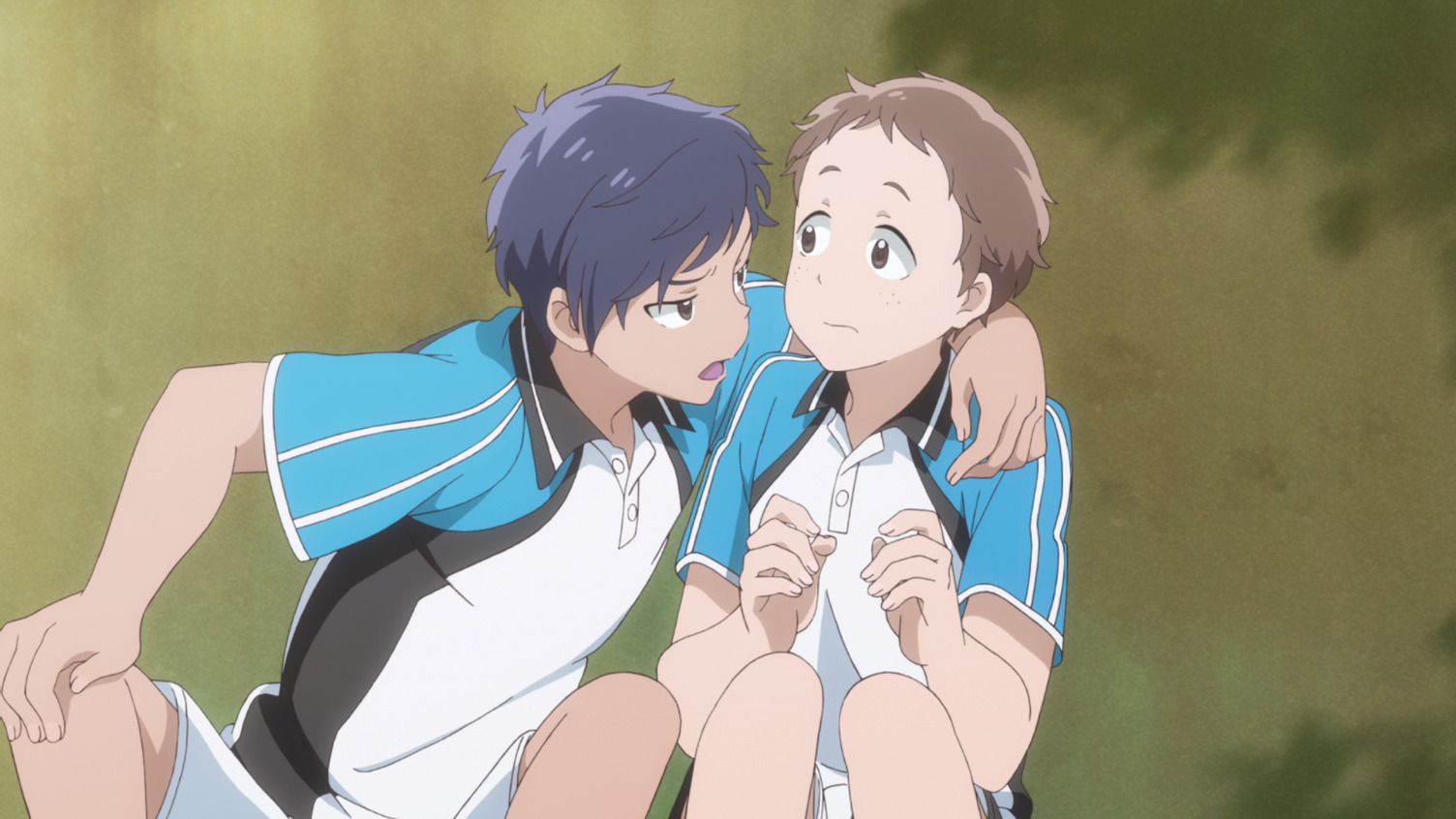
Each of the characters in Stars Align come to soft tennis bearing deep scars from family trauma. Maki’s abusive father leeches money from his hard-working mom. Toma devotedly follows his brother’s footsteps on the soft tennis court so that his mom might finally pay attention to him one day. Their respective situations are not glamorized in the same way that ruthless parents and coaches in sports manga and anime can be. When Tsubasa’s father pushes him down a flight of stairs, he does not do so in the hopes of making Tsubasa a better tennis player. He does so in a last-ditch effort to exert control over his son.
While Maki, Toma and their team gradually improve as soft tennis players, their greatest accomplishment is not their tally of victories, it is in how they learn to support each other. Toma stands with Maki against his abusive father. Club vice president Rintaro opens up to Toma about his anxieties about being adopted. Tsubasa seeks out his doubles partner Shingo after falling down the stairs, and it is Shingo’s father rather than his own who takes him to the hospital to have his injuries treated. Each of these victories are hard-fought. The kids of Stars Align are closer to real middle school kids than many of their anime peers, and are thus prickly and not always good to each other. But over the course of the show, each soft tennis doubles pair forms close-knit bonds between themselves and to the team as a whole.
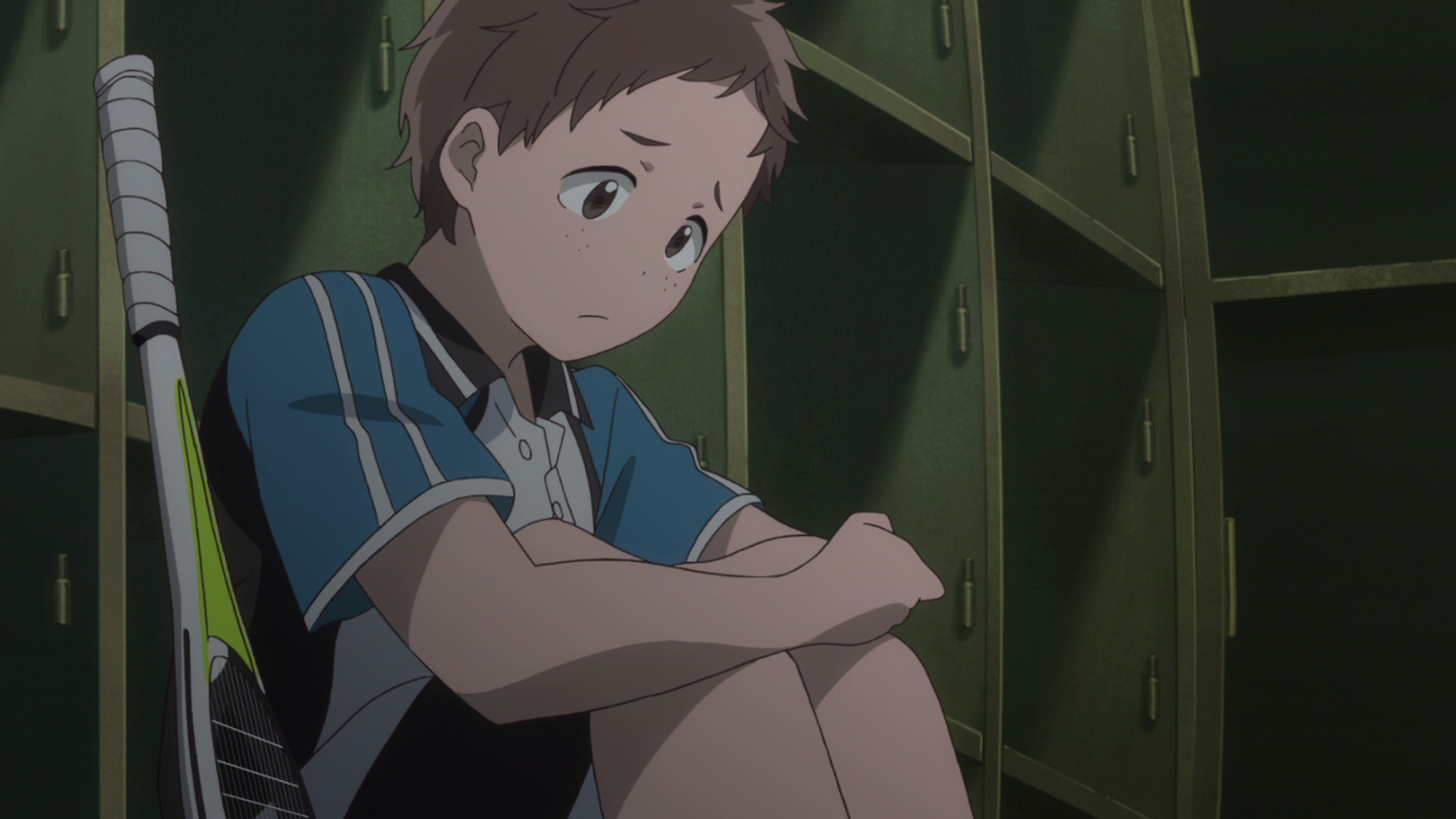
Stars Align is also unique in how it involves characters who don’t even play sports in its community of friends. As mentioned earlier, Mitsue doesn’t play sports, but after becoming friends with Maki, she begins to observe the practice sessions of the boy’s soft tennis team each day. She ends up becoming a crucial ally to the team, and while she never becomes a “sports person,” the rest of the team begins to stand up for her as well. Yuu, the team’s manager, is just as important. Their insights into each player’s abilities allows the team to reorganize and become much more effective. At the same time, they become more comfortable expressing their identity as a nonbinary person through their friendship with Maki. Neither of these storylines has much to do with winning or being the best, but they are two of the most memorable aspects of Stars Align.
At the end of the day, the boy’s soft tennis club is doomed. Maki and his friends become better players, but they still aren’t good enough. Their bonds of friendship shield them from familial and societal abuse, but cannot protect them entirely. As annoying as the president of the school’s student council might be, she is also correct that the boy’s soft tennis team will not give the “return on investment” that the school wants. The real question is not “will the boy’s soft tennis team succeed,” but “what does success mean?” The boy’s soft tennis club successfully becomes a haven for disaffected youth, whose players steadily show improvement as athletes. But that is not enough. The school wants a “victorious” team, the kind you see in shows like Haikyu!! Maki and his friends do not yet meet this standard. I would imagine that many middle schoolers playing sports also would not qualify. Yet each of us, whether in childhood or adulthood, eventually must tangle with somebody else’s high standards and the expectation of explosive growth.
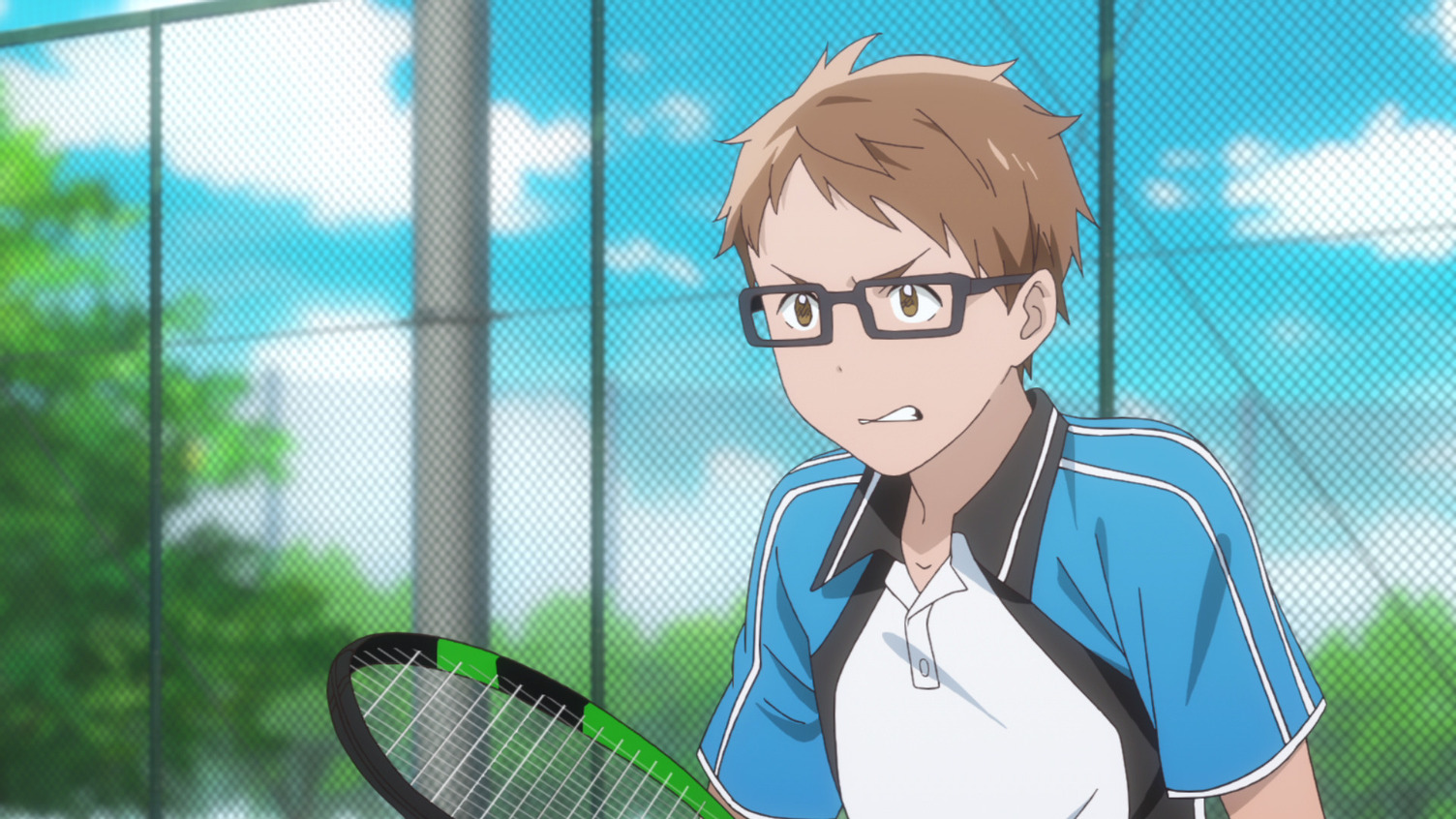
The standards imposed upon the boy’s soft tennis team in Stars Align extend to real life, as well. The production committee that funded the series chose to cut its length from 24 to 12 episodes late in production. Rather than damage what they had, director Kazuki Akane and his crew chose to faithfully animate the first 12 episodes as they intended, leaving the following 12 episodes for later. So it happened that the series concludes on an astonishing cliffhanger that may never be resolved. It isn’t only the fictional student council president who is skeptical of the cast of Stars Align, but the real-life businessmen who have so far been reluctant to fund another 12 episodes of the series. While a “fan movie” was later released hinting at later developments, Stars Align will always be haunted by the shadow of a masterpiece left half-realized by a risk-averse industry.
I cannot recommend Stars Align to anybody else without acknowledging that the series is incomplete. But at the same time, part of me believes that the series could not have ended any other way. Maki, Toma and their peers lived their lives honestly and vanished from the world not as winners but as friends. The willingness of Stars Align to examine familial abuse, social anxiety and other issues seemingly unrelated to sports may have bewildered its producers. But anyone who has survived middle school, whether in the United States, Japan or elsewhere, knows deep down that it’s all connected. Sports are a part of life, not a fantasy. Its pursuit is not noble, but banal. Ordinary lives and ordinary careers matter as much as extraordinary ones. There are sports anime that exceed Stars Align in animation quality, accessibility and sheer adrenaline. But Stars Align, in its willingness to embrace even the “silly and stupid” if it touches on something authentic, may be the bravest.
What was your favorite moment from Stars Align? Are there other sports anime you have seen that have broken the mold? Let us know in the comments!

Adam W is a Features Writer at Crunchyroll. When he isn't losing to his family at tennis, he sporadically contributes with a loose coalition of friends to a blog called Isn't it Electrifying? You can find him on Twitter at: @wendeego
If you liked the article, do not forget to share it with your friends. Follow us on Google News too, click on the star and choose us from your favorites.
For forums sites go to Forum.BuradaBiliyorum.Com
If you want to read more anime-manga articles, you can visit our anime-manga category.

